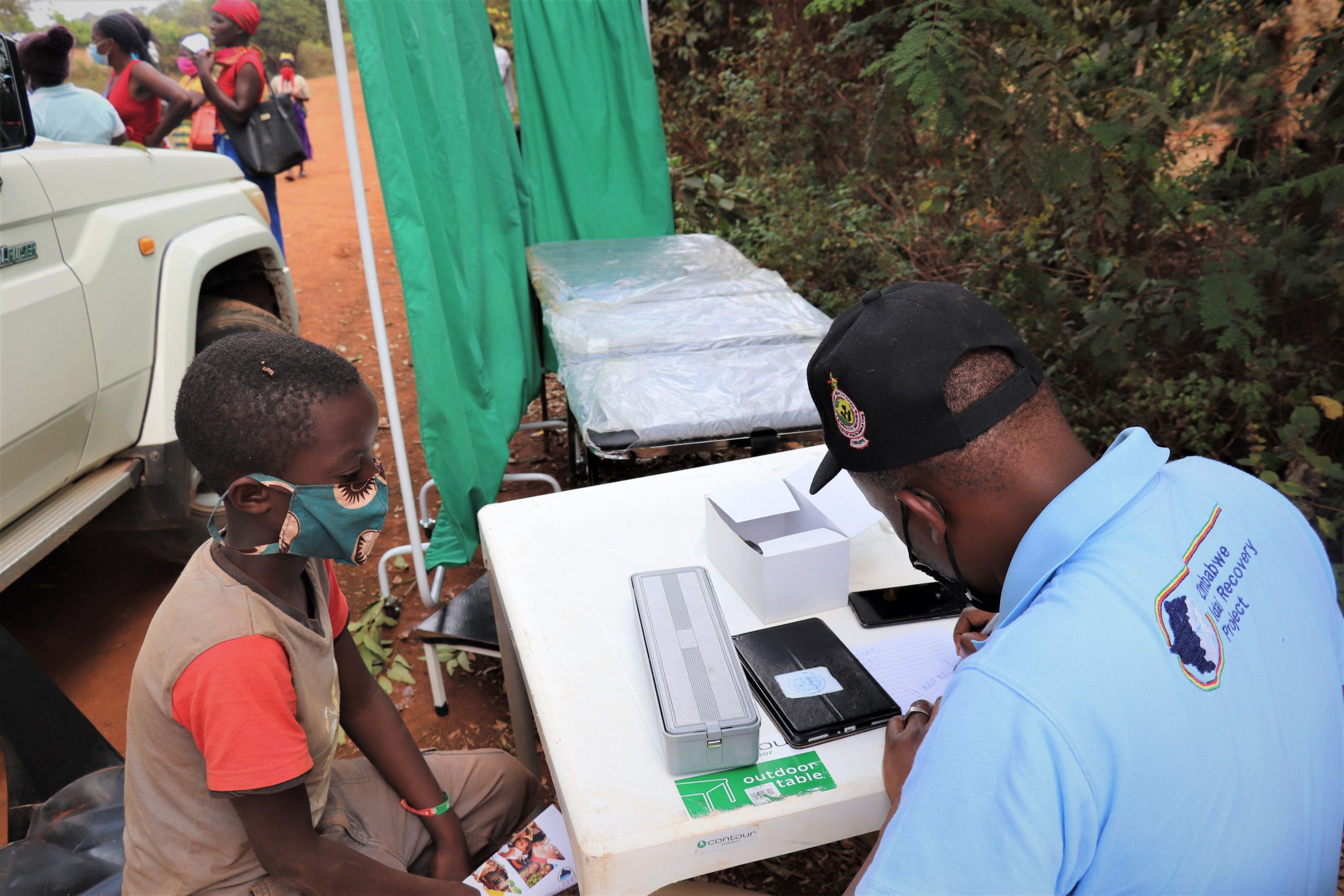Communities reap the benefits of the “One Project,One team” approach
To revitalise basic health service provision, WHO is conducting mobile health clinics in the hard-to-reach areas of the Cyclone affected communities. Chipinge and Chimanimani areas are characterised by a treacherous rugged terrain that makes passability near impossible in the rainy season. The spatial distribution of the health centres themselves actually impedes the access to health care for many of the communities.
The ZIRP clinics are therefore bringing relief as the mobile clinic team is fully constituted with a doctor,nurses, environmental health specialist, laboratory technician and a pharmacist to dispense drugs. Speaking at a mobile clinic at Muzite Village, Dr Nyasha Musiya said villagers normally walk to Gwenzi clinic which is 20km away from their village.
“As ZIRP we came to the community to offer comprehensive healthcare services after noticing that people struggle to access health facilities because of the long distance they have to walk from their homesteads to the hospitals. The mobile clinic here tends to all age groups and then make surgery referrals where necessary,” Dr Musiya said.
When ZIRP brought UNFPA on board to strengthen sexual and gender based violence (SGBV) support, it was in the community’s best interests to combine the mobile one stop clinics for SGBV with the mobile health clinics.
The complementarity of the two programs begins from the community referral system where village health workers and community cadres have been trained to identify and refer survivors to the mobile clinics. At the mobile clinic, any suspected cases seen by the medical team are immediately referred to the GBV clinic which will be set up in a discreet area to allow privacy. The GBV mobile one stop clinic provides counselling and legal services; and if necessary the survivor can be shuttled to a safe house in Marange.
The complementary efforts of these two agencies re-emphasises the ‘One project, One team’ approach under ZIRP benefiting a total of 1,515,822 people who received promotional services within their communities.

